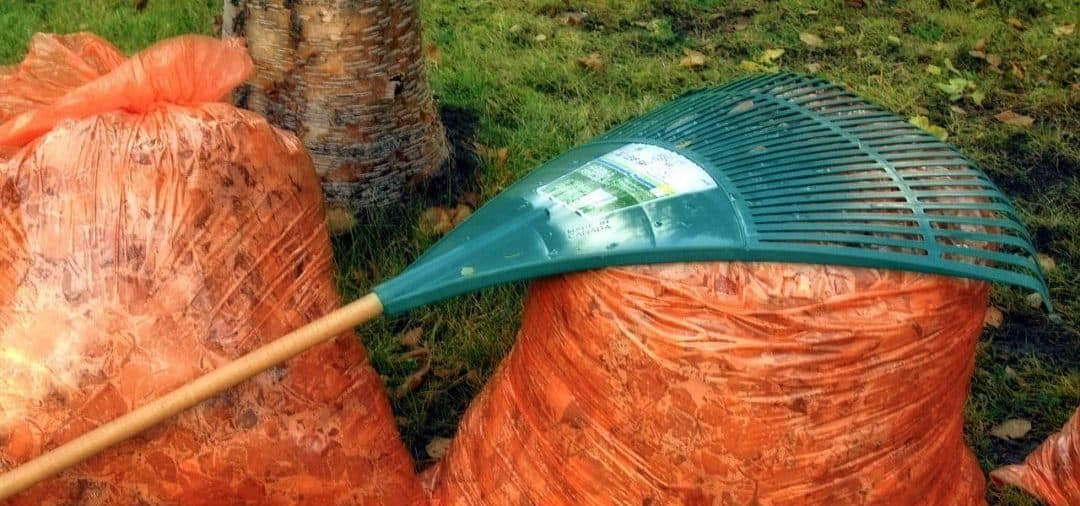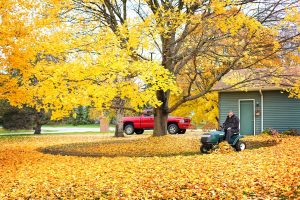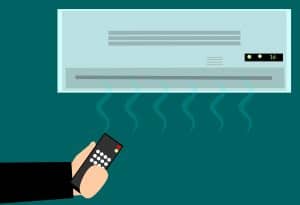The first day of fall was on September 23rd! Now that it is here for real, it’s time to start preparing your home for the colder weather. These easy tips can be done in a few hours or over a weekend and could help you save on your home heating bills. Nobody wants to do home maintenance when it’s so cold you have to wear gloves! Take our advice and prep your home (inside and out) now before the leaves turn to snowflakes!
Exterior Of Your Home:
- Store your summer tools. Start thinking about storing your lawnmower, trimmer, wheelbarrows, and other “summertime” tools. Putting your tools to bed in GOOD CONDITION means an easy transition for the spring. That means doing any tune-ups or taking apart tools for proper cold-storage. For example, if you have a gas mower, you should not leave gas in it over the winter as it can result in the engine being damaged. Something else to think about is oiling tools like hand trimmers to avoid rust.
- Put away any garden hoses and shut off outdoor faucets. If hoses are left attached, it could result in damage to your pipes.
- Wrap any exposed pipes with heating tape. This can lower your heating and energy bills. This will also lower the chances of your pipes bursting – not a fun emergency to deal with in the dead of winter!
- Clean your gutters and downspouts. Once the leaves have mostly fallen, clean those gutters! Gutters with leaves and other debris can cause pooling water and create ice dams. This could lead to siding damage or more expensive repairs.
- Check your roof for any summer damage, missing shingles, or debris and if you find anything, get it fixed before it is too dangerous to be on the roof.
- Take care of your shrubs and trees. Cut dead limbs off trees to avoid branches falling and damaging your cars or even your home. Fall is a great time to trim your shrubs because the growing season has come to an end.
Interior Of Your Home:
- Check the windows in your home for any cracks in caulking (the stuff used to seal leaks) and add weather-stripping if needed. Now is also the time to remove the air conditioner from your window!
- Check your heating system(s). Make sure that your chimney is cleared if any possible blockages and have it cleaned so it is ready for use. Have your heating system(s) inspected, and repaired if needed, before you turn your heat on. If no inspections are necessary, make sure to at least clean any filters!
- Put new batteries in your smoke and carbon monoxide detectors.
- If your home has any ceiling fans, switch the direction your fan spins! This allows warmer air to be spread throughout the room rather than sucking the heat up (where it naturally goes anyway). Ceiling fans are a great way to help reduce energy usage if they are going the correct way for the season!
Additional Cozy Tips:
- Bring out those blankets! Don’t just crank your heat up this fall and winter! Pull out cozy blankets and leave them on your couch and in other key areas. Cozy down in them to take the chill off!
- Set the scene! Candles not only add some cozy ambiance to your home, but they also give off more heat than you would first think. Just be safe! Do not leave candles burning when you leave the room or your home and do not place them near flammable items such as curtains.
- Open up your window curtains during the day to let the sunshine in and warm your rooms!
- Wear socks! Your feet have a big impact on your body’s temperature. Putting socks on (or slippers) when it’s cold or wearing them to bed could keep you from turning up the heat.
As fall begins, it is important you keep up and prepare your home with some simple maintenance. Having your home prepared for cooler weather is important because if it isn’t, you could end up with unnecessary high heating and energy bills! Want to really know more about saving on your energy bills and having a cozier home this fall and winter? Have our HEAT Squad energy auditors do a whole-home evaluation.
Author: Bailey Aines, part-time NWWVT employee




